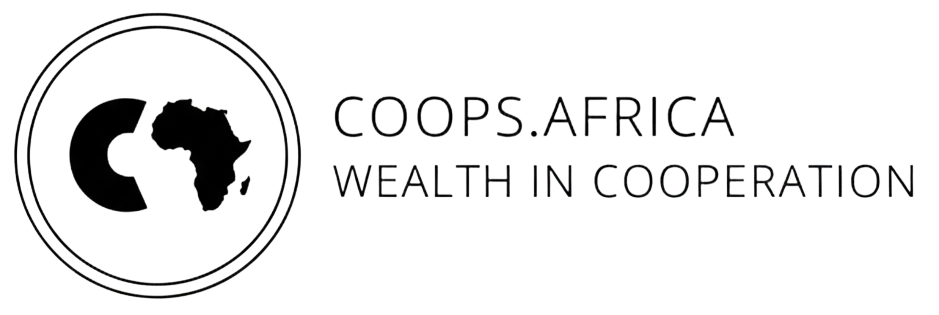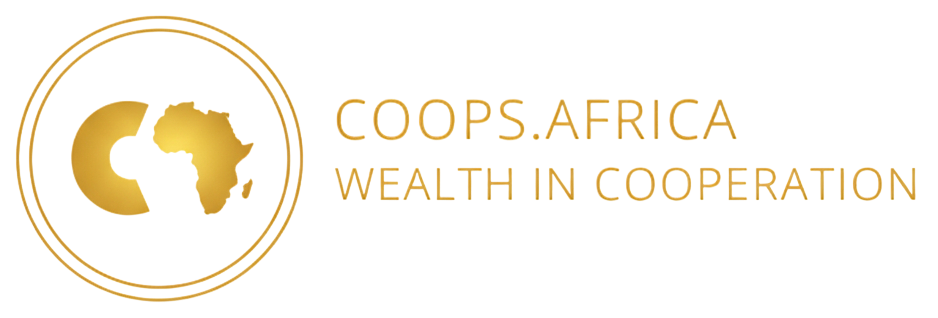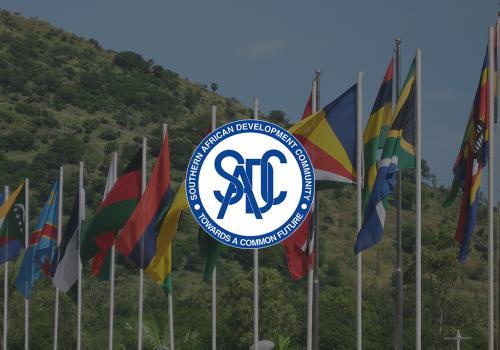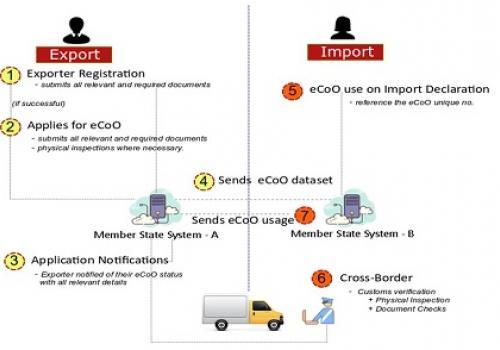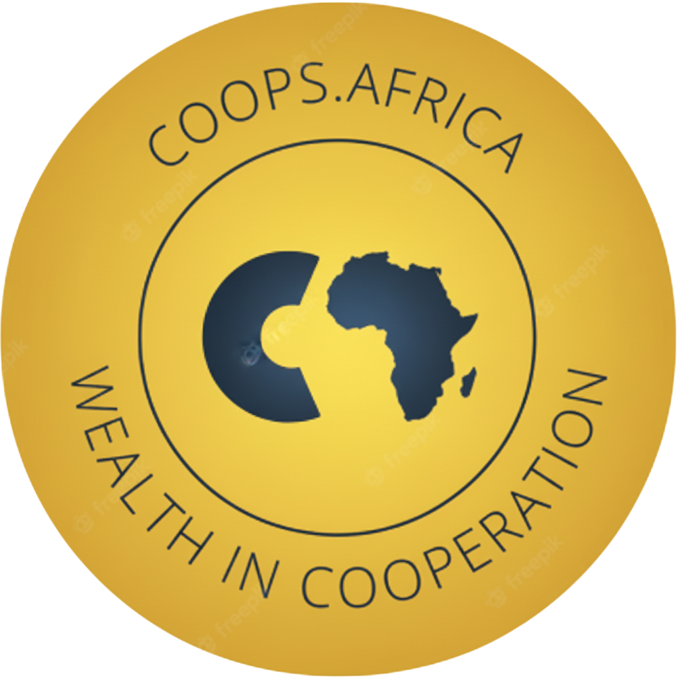-
Co-op #: 0028000400000021
-
1 people like this
-
4 Posts
-
3 Photos
-
Videos
-
Reviews
-
Mining & Natural Resource
Recent Updates
-
Understanding SADC Rules of Origin: A Guide for the Co-op Movement in Southern AfricaAs Africa works toward deeper regional integration and increased intra-African trade, the Southern African Development Community (SADC) offers a powerful platform for economic cooperation. For cooperatives across the region looking to trade amongst themselves—whether in agricultural produce, manufactured goods, or services—it’s essential to understand the SADC Rules of...0 Comments 0 Shares 4K Views 0 ReviewsPlease log in to like, share and comment!
-
Rules of Origin are the guidelines used to determine where a product truly comes from. When countries form trade agreements, such as those under SADC or the African Continental Free Trade Area (AfCFTA), they often agree to reduce or remove taxes on goods traded between them. However, these tax benefits are only meant for products that are genuinely made within the member countries. Rules of Origin help customs officials decide if a product qualifies for this special treatment by checking how and where it was made.
For example, if a cooperative in Zimbabwe grows, harvests, and packages oranges, those oranges are clearly Zimbabwean and would qualify for duty-free entry into South Africa under SADC rules. But if the same cooperative imports ready-made clothes from China and simply sells them in South Africa, those clothes wouldn’t qualify, because they weren’t made or significantly changed in Zimbabwe.
Sometimes products are made from raw materials that come from different countries. If a cooperative imports fabric from another country but cuts, sews, and designs it into clothing locally, it may still qualify as a Zimbabwean product, because enough transformation took place. The key is whether the processing adds value and changes the product into something new.
Understanding and applying Rules of Origin helps cooperatives avoid unexpected taxes and remain competitive in the regional market. These rules also protect local industries by preventing foreign goods from entering under false labels. By ensuring their products meet the necessary criteria, cooperatives can take full advantage of free trade agreements and expand into new markets more easily.Rules of Origin are the guidelines used to determine where a product truly comes from. When countries form trade agreements, such as those under SADC or the African Continental Free Trade Area (AfCFTA), they often agree to reduce or remove taxes on goods traded between them. However, these tax benefits are only meant for products that are genuinely made within the member countries. Rules of Origin help customs officials decide if a product qualifies for this special treatment by checking how and where it was made. For example, if a cooperative in Zimbabwe grows, harvests, and packages oranges, those oranges are clearly Zimbabwean and would qualify for duty-free entry into South Africa under SADC rules. But if the same cooperative imports ready-made clothes from China and simply sells them in South Africa, those clothes wouldn’t qualify, because they weren’t made or significantly changed in Zimbabwe. Sometimes products are made from raw materials that come from different countries. If a cooperative imports fabric from another country but cuts, sews, and designs it into clothing locally, it may still qualify as a Zimbabwean product, because enough transformation took place. The key is whether the processing adds value and changes the product into something new. Understanding and applying Rules of Origin helps cooperatives avoid unexpected taxes and remain competitive in the regional market. These rules also protect local industries by preventing foreign goods from entering under false labels. By ensuring their products meet the necessary criteria, cooperatives can take full advantage of free trade agreements and expand into new markets more easily.File Type: pdf0 Comments 0 Shares 1K Views 0 Reviews -
-
More Stories
